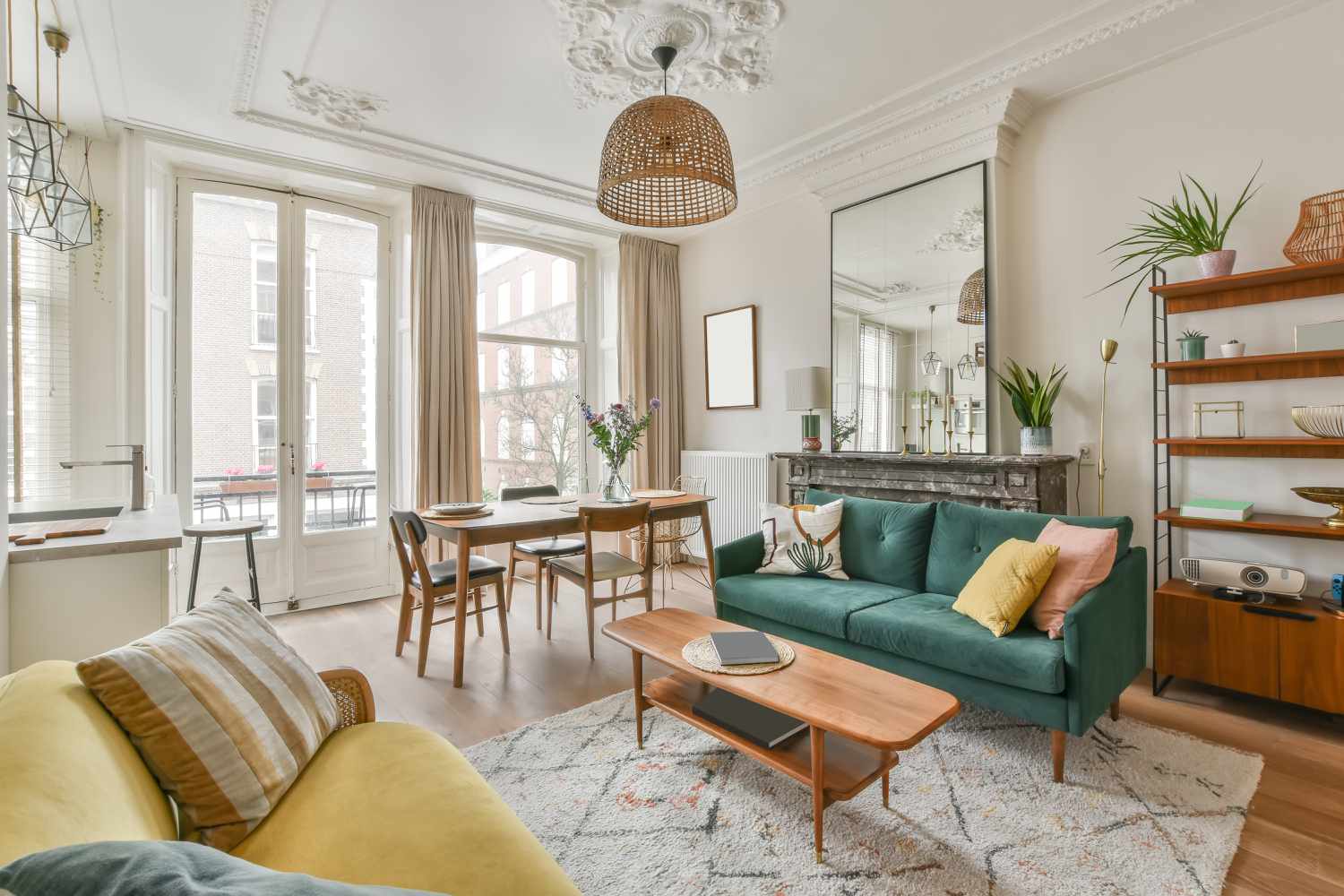
Smart Renovation Tips To Make Small Spaces Look Bigger
Living in a small space doesn’t mean sacrificing style or comfort. With the right design strategies, you can make compact rooms feel open, airy, and inviting. Renovations—both big and small—can transform your home and give the illusion of more space without actually adding square footage. By focusing on light, color, and smart design choices, you can maximize every corner of your home.
Use Light And Color Strategically
One of the easiest ways to make a small space feel larger is through the use of light and color. Lighter shades like whites, soft grays, and pale blues reflect more light, creating a sense of openness. Mirrors also play a vital role, bouncing natural light around the room and adding depth.
Just as people sometimes choose a hidden face hidden face insta dp girl to express subtlety and mystery, the careful use of soft, neutral tones in home design creates understated elegance while opening up tight spaces. Small tweaks like these can completely change how a room feels.
Declutter And Organize Effectively
Clutter is the biggest enemy of small spaces. Even beautiful furniture or décor can overwhelm a room if there’s too much of it. Minimalist shelving, multi-purpose furniture, and clever storage solutions can free up floor space while keeping everything organized.
Online platforms often remind us of the importance of simplicity. Browsing free local personal classified ads in Australia shows how people streamline their needs by focusing on essentials. The same principle applies to home design—less is often more when trying to create a sense of spaciousness.
Incorporate Emotional Touches Through Décor
While keeping things minimal is important, don’t shy away from adding personal touches that make your home warm and inviting. Art, décor, and accessories should tell your story without overcrowding the space.
Think of shayari sad love—short, meaningful expressions that carry emotional weight without excess words. In home design, carefully chosen accents work the same way. A single piece of artwork, a statement rug, or a striking light fixture can define the mood of a room without overpowering it.

Use Directories And Inspiration Guides
When planning renovations, inspiration can come from many places. From design magazines to online platforms, having a reliable source of ideas is essential. Modern homeowners often turn to specialized directories to connect with service providers and suppliers who can help bring their vision to life.
An Australia home directory is a useful tool for finding contractors, furniture makers, and interior designers. Access to this kind of resource makes the renovation process smoother, helping you find professionals who understand how to optimize smaller living areas.
Create Multi-Functional Zones
In small homes or apartments, a single room often has to serve multiple purposes. With the right design, your living area can double as a workspace, or your kitchen can seamlessly blend with a dining area. Furniture like fold-out desks, storage ottomans, or wall-mounted tables make it easier to create zones without clutter.
This approach is similar to exploring the best restaurant listing in Australia, where a variety of options are presented in one place. Just as diners get multiple choices from one directory, a well-designed space can offer different functions within a limited area. Smart zoning is key to maximizing every square foot.
Maximize Vertical Space
When floor space is limited, look upward. Vertical shelving, tall cabinets, and wall-mounted storage can make a room feel more expansive while providing much-needed organization. Using vertical lines in design—whether through furniture, wallpaper, or art—also draws the eye upward, creating the illusion of height.
For example, in bedrooms, consider loft-style beds or elevated storage units. In kitchens, hanging racks for pots and utensils free up counter space. This vertical focus not only expands functionality but also makes the room appear larger than it really is.
Embrace Open Layouts
If possible, consider removing non-load-bearing walls to create an open layout. Open floor plans allow natural light to flow throughout the home and eliminate unnecessary barriers, making the entire area feel bigger. Even small adjustments, like widening doorways or using sliding glass partitions, can dramatically improve the perception of space.
An open layout also makes entertaining easier, as guests feel more comfortable in spaces that flow naturally. By minimizing visual barriers, you gain flexibility in how you use your rooms, whether for daily living or special occasions.
Final Thoughts
Smart renovations can transform even the smallest spaces into functional, stylish, and comfortable homes. By focusing on light, color, organization, and multi-functional design, you can create an environment that feels larger than it is. Inspiration can come from many sources—emotional touches, online directories, or even everyday platforms we use.
At the end of the day, living in a smaller home doesn’t mean living with limitations. It means being creative, thoughtful, and intentional with your design choices. With the right strategies, you can enjoy a space that feels open, welcoming, and uniquely yours.


